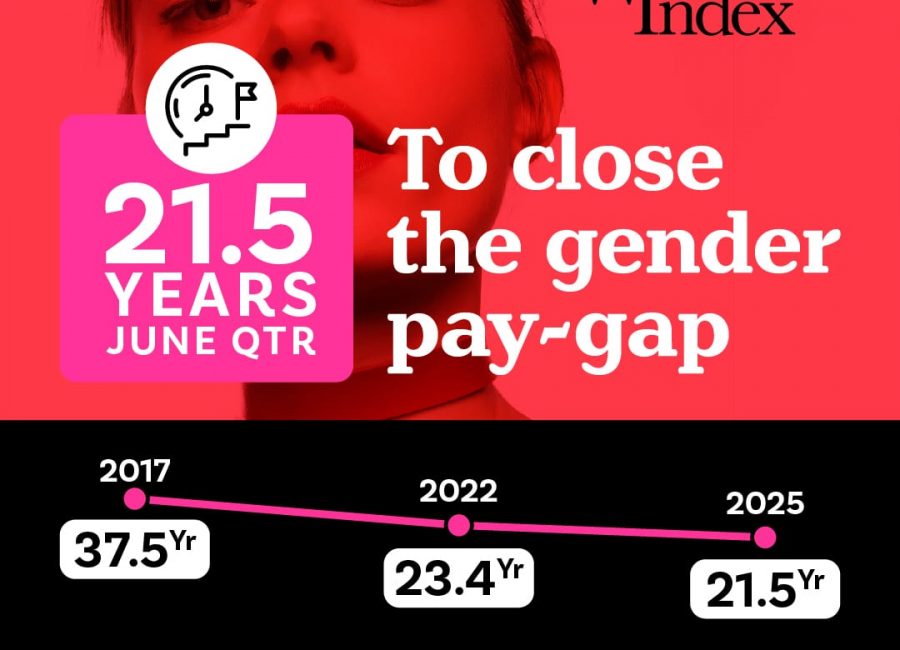If you’re planning to buy or sell property in 2022 there’s something you ought to know: Australia’s property boom is tipped to come to an end in the second half of the year.
According to AMP Chief Economist Dr Shane Oliver price falls will start to emerge later this year and into 2023.
This means the window to sell is now and the window to buy is coming.
The reasons for this prediction includes a combination of poor affordability, rising mortgage rates, higher interest rate serviceability buffers and the 50/50 possibility of further macro prudential controls to slow borrowing as well as rising supply off the back of solid construction growth.
Then of course there is the coronavirus pandemic which is spreading like wildfire in Australia.
“It’s unclear what impact the latest covid wave driven by the Omicron variant will have on the property market,” notes Dr Oliver.
“It will likely reduce buyer confidence, but it could also dampen listings as we saw in the September quarter which will reduce transaction activity and a lot will depend on whether we return to tighter restrictions.
“But successive covid waves seem to have had less and less impact on the property market since the initial wave of 2020.
“In any case any impact could be temporary as the combination of vaccines, new covid treatments and Omicron being less harmful provide a path out of the coronavirus pandemic.”
Dr Oliver expects that property prices will rise by 5% this year and could decline by up to 10% into 2023.
To put that in perspective here’s what 2021 delivered:
- Australian capital city prices rose 0.6% in December according to CoreLogic, bringing their 2021 increase to 21% – the strongest year since 1988
- All capital city prices are at record levels except for Perth and Darwin. Perth and Darwin prices are at their highest since 2015 and 2016 respectively though.
- Regional dwelling price growth remained unchanged at a very strong 2.2%mom in December and rose 25.9% in 2021, reflecting ongoing demand for regional property on the back of coronavirus and the working from home phenomenon which has all seen a refocus on quality-of-life considerations.
- This drove regional prices to their fastest calendar year gain since 1981.
- Capital city houses are continuing see stronger price growth than units, although the performance gap is expected to narrow as deteriorating affordability for houses is starting to push more buyers back into units. This is evident in Melbourne which saw unit prices up, but house prices down in December.
For property prices to fall by more than what Dr Oliver has forecast, we would need to experience a faster rollout of higher interest rates over the course of 2022 and this point that is looking unlikely.
Financy helps women become financially fearless and while we’re at it, we ensure that our members – individuals and organisations – are part of the solution to gender financial equality. Subscribe for FREE to our newsletter or dial things up a notch with a Financy Membership.












